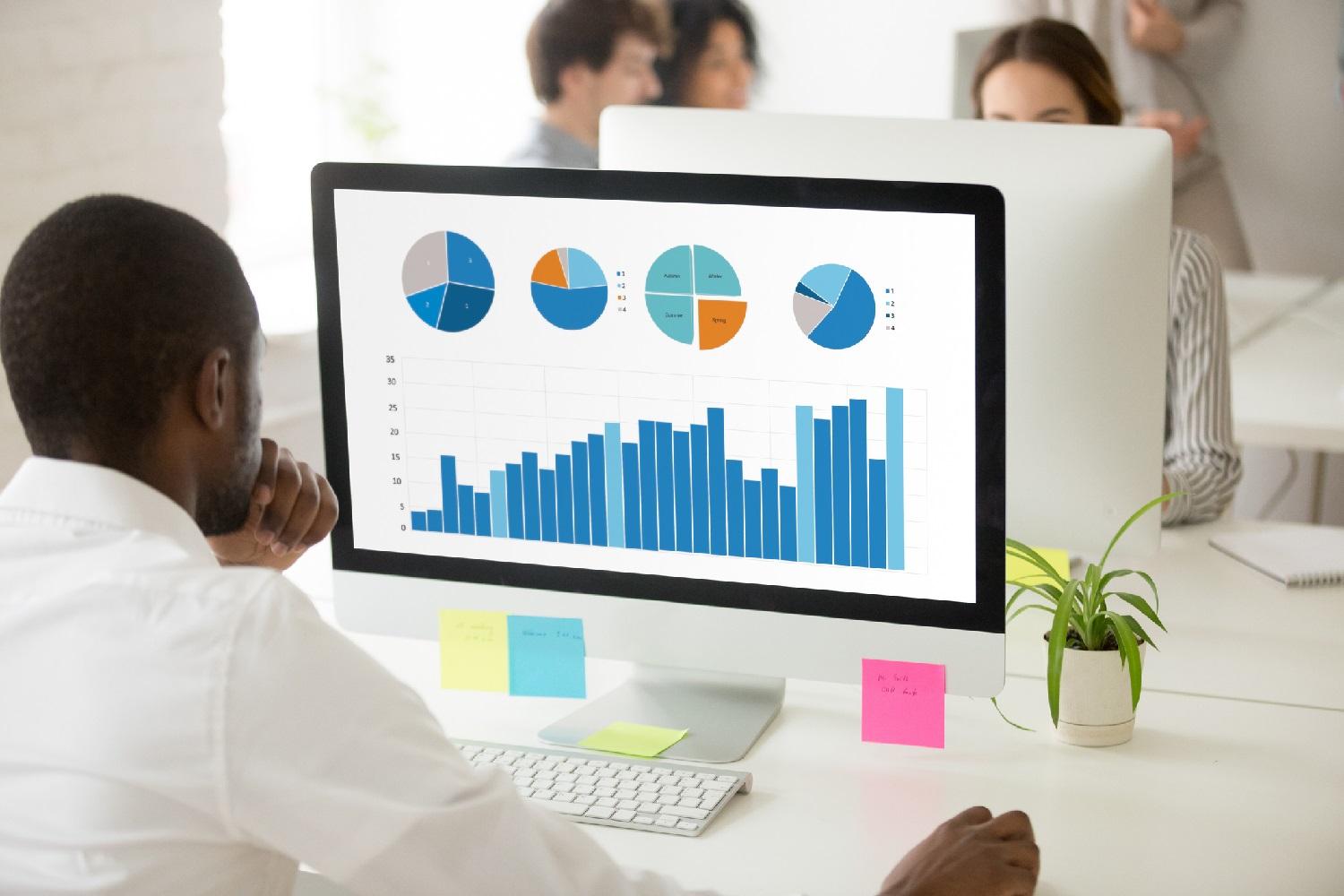MENU
Start
- Best Small Business Loans for 2024
- Businessloans.com Review
- Biz2Credit Review
- SBG Funding Review
- Rapid Finance Review
Our Recommendations
- 26 Great Business Ideas for Entrepreneurs
- Startup Costs: How Much Cash Will You Need?
- How to Get a Bank Loan for Your Small Business
- Articles of Incorporation: What New Business Owners Should Know
- How to Choose the Best Legal Structure for Your Business
Our Guides
- Business Ideas
- Business Plans
- Startup Basics
- Startup Funding
- Franchising
- Success Stories
- Entrepreneurs
Small Business Resources
Grow
- The Best Credit Card Processors of 2024
- Clover Credit Card Processing Review
- Merchant One Review
- Stax Review
Our Recommendations
- How to Conduct a Market Analysis for Your Business
- Local Marketing Strategies for Success
- Tips for Hiring a Marketing Company
- Benefits of CRM Systems
- 10 Employee Recruitment Strategies for Success
Our Guides
- Sales & Marketing
- Finances
- Your Team
- Technology
- Social Media
- Security
Small Business Resources
Lead
- Best Business Phone Systems of 2024
- The Best PEOs of 2024
- RingCentral Review
- Nextiva Review
- Ooma Review
Our Recommendations
- Guide to Developing a Training Program for New Employees
- How Does 401(k) Matching Work for Employers?
- Why You Need to Create a Fantastic Workplace Culture
- 16 Cool Job Perks That Keep Employees Happy
- 7 Project Management Styles
Our Guides
- Leadership
- Women in Business
- Managing
- Strategy
- Personal Growth
Small Business Resources
Find
- Best Accounting Software and Invoice Generators of 2024
- Best Payroll Services for 2024
- Best POS Systems for 2024
- Best CRM Software of 2024
- Best Call Centers and Answering Services for Busineses for 2024
Our Recommendations

Online only. Expires 4/27/2024
What Is Forecasting And Why Do Small Businesses Need It?

Table of Contents
Forecasting is the process of looking at past and present data, as well as marketplace trends, to predict the company’s future financial performance. It enables you to gauge how much revenue you’ll potentially earn in a particular period and plan for big expenses. It’s also a critically important part of running a small business.
Forecasting vs. budgeting
Forecasting is different from budgeting for small businesses, but they go hand in hand. The forecast predicts the results for the company in the future while the budget lays out how the business will get there along the way. A forecast offers a target based on historical data and a budget describes the practical investments that will be made to reach that target.
Unfortunately for many business owners, financial forecasting can be a source of dread, said Clare Levison, a certified public accountant and member of the American Institute of Certified Public Accountants Financial Literacy Commission.
“Many business owners avoid forecasting because it’s tedious or intimidating,” she said. “Small business owners are passionate about what they are doing and don’t love the financial aspect of running a business, but it’s a crucial piece of being successful.”
However, businesses that embrace forecasting may find the insights help them make smarter financial decisions and grow their business in a stable, profitable way.
Budgeting is about planning expenses and setting revenue targets in the near term while forecasting focuses on estimating a business’s future financial situation. The two are related and equally important parts of managing a business’s finances.
What is the importance of forecasting?
Forecasting may seem like yet another item to add to the to-do list, but there are clear benefits to this type of business planning. Here are three big reasons to conduct forecasting.
1. It helps you plan for the future.
Running a business can be uncertain in normal times. Add a global pandemic to the mix and it may be impossible to tell how your business will fare in a week, let alone a year. A forecast brings some clarity to your business, even if it’s bad.
“You can anticipate what could be coming down the pike, not just what’s going on one day,” said Mike Slack, manager of the H&R Block Tax Institute. “It’s crucial that a forecast is created to plan for what’s coming.”
Slack said to create forecasts for different scenarios ― for instance, a forecast for a nationwide pandemic recovery and one that plans for more shutdowns and restrictions.
2. It can inform business decisions.
Without an accurate representation of what’s going on in your business, you won’t know if there are challenges brewing or if you can chase a new growth opportunity. A forecast can inform business decisions, streamline operations and improve profitability.
[Are you looking for a small business loan? Check out our picks for the best small business loans.]
3. It prevents tax bill surprises.
Death and taxes are two of life’s certainties, yet many small business owners are caught off guard when they are hit with a big tax bill. Forecasting can prevent that shock since it involves laying out all your expenses for the year.
“Without forecasting, you [might still] wind up solving the month-to-month cash flow issues, paying your bills, negotiating new terms every now and then and staying in the black,” said Jon Fasoli, chief design and product officer at Mailchimp. “But come the end of the year, you have a massive tax bill you don’t have the cash for. Avoiding those moments of surprise are done through cash flow forecasting.”
What are the methods used in forecasting?
There are two common methods of forecasting: qualitative and quantitative. The more viable method for your company depends largely on how long you’ve been in business:
- Qualitative forecasting: With this method, you’re making business predictions without the benefit of measuring them against past data. It’s the common method for new businesses that lack historical sales or expense data. It largely relies on the judgment of the person creating the forecast. It’s also a popular method for forecasting far into the future.
- Quantitative forecasting: You can use this method when you have measurable data to inform the forecast. By measuring sales against past performance, you can gauge if business is growing or slowing. It’s a common method for short-term forecasting.
What are the various types of forecasting in business?
Business owners can measure several items to conduct their forecasts:
- Cash flow: Cash flow forecasting means predicting how much money will come in and go out of your business for a set period. The more accurate your cash flow forecast is, the smoother your business will run during that time because you’ll be able to plan your operations according to the money you will and won’t have.
- Sales forecast: To manage inventory or demand properly, you would forecast future sales. This means looking at your business’s past performance to predict your future sales.
- Startup cost forecasting: Used by new businesses, this forecast determines how much in startup costs the company will face in the coming months or year.
- Expense forecasting: Unexpected expenses can eat away at your profits. With expense forecasting, you remove much of the surprise by laying out all the expenses your business will incur over a future period.
- Demand forecasting: To gauge your future sales, you can try to forecast demand. To do this, you’d look at your historical data, including your sales and seasonal trends, to pinpoint future periods of high and low demand.
How do you develop a forecast?
When you’re developing a forecasting method, the level of detail you need depends on your type of business and its complexity. That means taking a close look at each aspect of your business’s financial health and estimating as accurately as possible how it will trend into the future.
Project your revenue
Levison said to forecast your revenue, which is how much sales are coming in; your expenses, which include your contractual obligations, such as rent and credit cards; and your future obligations, which are the items you know you’ll spend money on in the coming year.
At the end of the day, you want to choose a forecasting method that works for you and your small business. Forecasting shouldn’t be a dreaded exercise, but an embraced tool to help you run your business effectively.
“Think of it the same way you would think of a household budget,” Levison said. “Every single person needs a household budget and every single business owner needs a forecast.”
Analyze your expenses
In addition to the money flowing into your business, look at your expenses, including inventory, rent or mortgage, payroll, tax obligations, supplies and all the other monthly costs of operating a business. Combine these data points for a view of what to expect in the next six months, the next year or further in the future.
“For businesses that have historical data, look back at where cash was positive and negative and drill into those moments,” Fasoli said. “What drove cash flow and what was a surprise? And bake that into the forecast.”
Monitor your cash flow
For most small business owners, cash flow is a good place to start, according to Fasoli. After all, cash flow is really what makes or breaks a business.
“The variables baked into the cash flow forecasting should include seasonality, how to anticipate ebbs and flows, the terms of your payments, how much time you anticipate passing between finishing works and getting paid and what structure you have in place to incentivize people to pay on time,” Fasoli said.
Businesses need cash flow like we need air to breathe. To ensure your business survives and thrives, check out these cash flow strategies for small businesses.
Time Frame
The timing of your financial forecast is also important, but how far out you should look depends on your business and temperament. You don’t want to gear up to forecast your business for the next five years only to get overwhelmed quickly. Levison recommends breaking it down into a one-year, three-year and five-year forecast that you update regularly to get a complete picture of your enterprise.
“I encourage people to, on a weekly basis, keep track of revenue and expenses; on a monthly basis, update the annual forecast for the current year; and, on a yearly basis, update the three- and five-year outlooks,” she said.
Forecasting is key to smart planning
Developing a plan for your business is critical, but it’s hard to do that without an idea of what the future holds. By using historical accounting data, you can develop a clear picture of where your finances are today and where they are headed. Armed with this information, you can make more informed decisions about your business that help you grow with purpose and stay profitable. Financial forecasting should be the core of every small business’s planning — without it, you’re operating in the dark.
Jacob Bierer-Nielsen also contributed to this article.

















